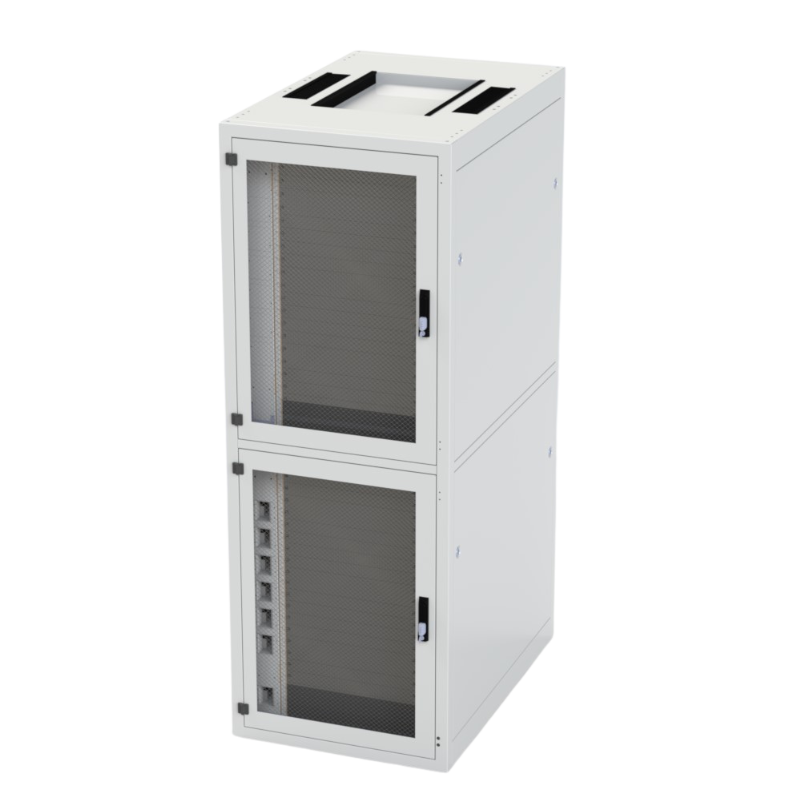Heatwaves are set to become hotter, more frequent, and more widespread. How can the digital railway keep its cool?
On 19 July 2022, the UK saw temperatures higher than 40°C for the first time in recent history. The 40.3°C peak at Coningsby in Lincolnshire was 1.6 degrees higher than the previous record, set in Cambridge in 2019. Temperatures at 33 other locations in England also surpassed the previous national record.
Record-breaking temperatures used to be once-in-a-lifetime events. The highest temperature seen in 1911 was not surpassed until 1990, for example. Since then, the record has been broken four further times[i]. That’s because the world is heating up. Global average temperatures are now around one degree higher than pre-industrial levels. And they are on track to be three or four degrees higher by the end of this century. Modelling by Met Office scientists suggests that will increase the probability of the UK experiencing temperatures of more than 40°C by a factor of ten[ii].

Really hot weather causes big problems for the railway industry. On the UK network, rails are prestressed to cope with average summer temperatures of 27°C. Much hotter than that and thermal expansion can cause rails to buckle, threatening derailments. During this latest heatwave, speed limits were imposed on lines across the country and several services were closed altogether. Overhead powerlines also expand in the heat, potentially sagging to below safe heights.
As the industry accelerates its digital revolution, the changing climate is set to bring new challenges, because IT infrastructure is especially sensitive to high temperatures.
The two day extreme heatwave saw UK network operators sending out engineers to work on broadband street cabinets struggling in the heat. This ranged from upgrading vents to putting fans on them and literally sitting outside the cabinet with an umbrella!
UK hospitals also suffered computer system outages as their servers overheated. And some major providers of cloud computing services were forced to take equipment offline due to cooling problems in their giant London data centres[iii].
And if hot weather is tough for computers installed in air-conditioned facilities, it is even tougher for the thousands of trackside assets that provide monitoring, control, and communication functions for the modern railway. Trackside assets need to offer exceptionally high levels of reliability and a long service life regardless of the outside temperature, and the industry’s digitisation plans will require more, and more sophisticated, equipment to be packed into small enclosures – often in inaccessible locations.
Those enclosures need to perform multiple, sometimes conflicting, functions. They must provide physical security, protecting equipment against water, dust, animals, and malicious humans. They must be easy to install, upgrade and repair. And they must be able to maintain an appropriate interior environment to allow the safe operation of equipment, whether the outside temperature is far below freezing or far above.
At Rainford, we understand those challenges. Our enclosure systems are designed to meet the rail industry’s most demanding standards. We optimise the thermal performance of our designs through a combination of state-of-the-art simulation and controlled physical tests. And our modular approach makes it easy to incorporate active elements such as fans, auxiliary heaters, or air-conditioning units if the application demands them.
Above all, we understand that every site, every combination of equipment and every digital deployment plan creates a unique set of enclosure requirements. We take the time to consult with our customers, understand their needs and design the most appropriate solution. All our enclosures are manufactured in the UK, ensuring stringent quality control, and keeping supply chains short. At every step, our goal is simple: reliable, long-term protection for our customer’s equipment.
[i] https://en.wikipedia.org/wiki/United_Kingdom_weather_records



